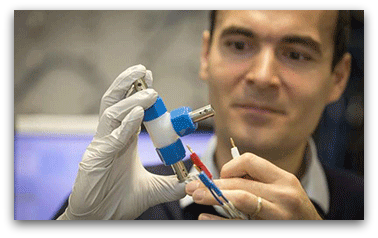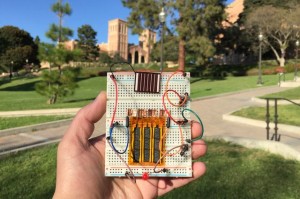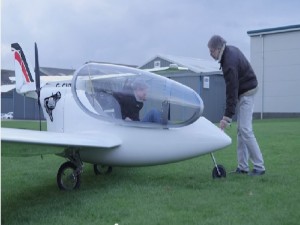
A research team aims to make a battery and solar cell hybrid out of two single systems.
Image: Lunghammer – TU Graz
People across the globe are looking toward renewable solutions to change the landscape of energy. But what happens when the sun goes down and the wind stops blowing? In order to guarantee green energy that is consistent, reliable energy storage systems are critical.
“Currently, single systems of photovoltaic cells which are connected together — mostly lead-based batteries and vast amounts of cable — are in use,” said Ilie Hanzu, TU Graz professor and past member of ECS. “We want to make a battery and solar cell hybrid out of two single systems which is not only able to convert electrical energy, but also store it.”
The idea of a battery and solar cell hybrid is completely novel scientific territory. With this project, entitled SolaBat, the team hopes to develop a product that has commercial applications. For this, the scientists will have to develop the perfect combination of functional materials.
“In the hybrid system, high-performance materials share their tasks in the solar cell and in the battery,” Hanzu said. “We need materials that reliably fulfill their respective tasks and that are also electrochemically compatible with other materials so that they work together in one device.”



